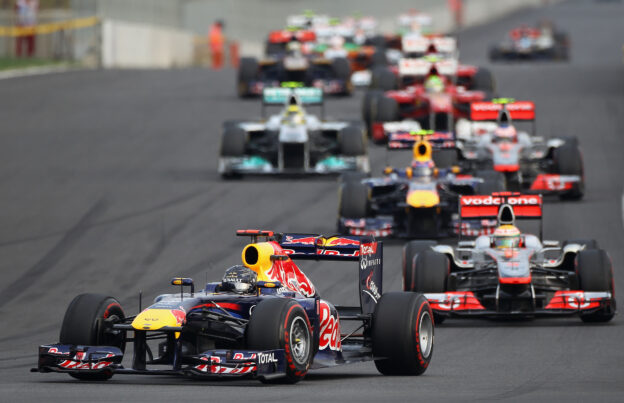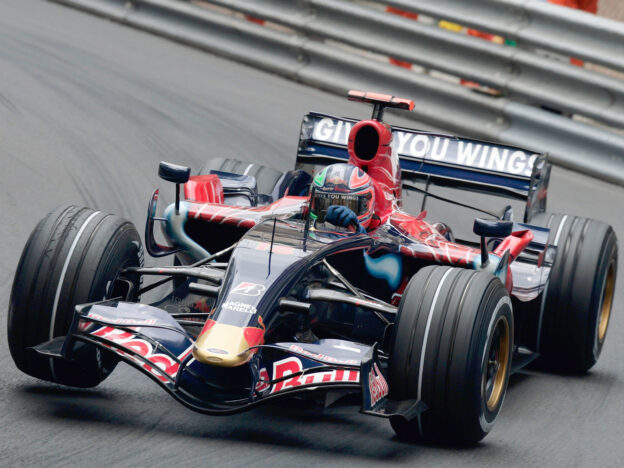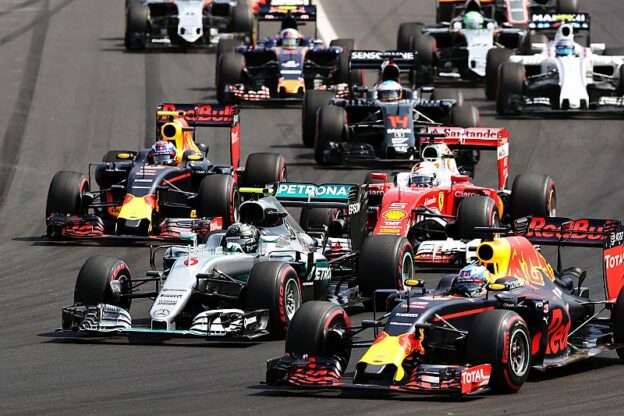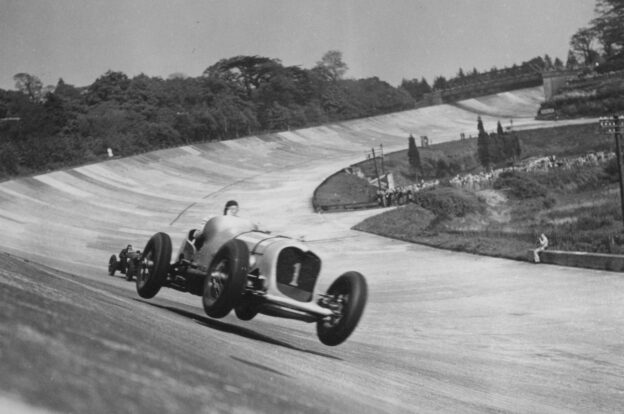Since the inception of the Formula One World Championship in 1950, many circuits have cropped up across the world to host F1 races. Some of these race tracks like the Silverstone, Monza and Spa, Belgium stand out as real jewels in the F1 crown. Different race tracks across the world present diverse kinds of challenges to the drivers as well as a different type of entertainment for the spectators. Still, there are some that create the magic of racing better than others. Here are some of the most famous Formula One races and tracks in the world:
The Monaco Grand Prix
The Monaco Grand Prix in Monte Carlo is one of the biggest Formula 1 races in the world. This race takes place in an incredibly narrow and tight circuit with runoffs that are located far and very few between. A single mistake in this track and it could be the end of your race.
The Monaco Grand Prix’s street course has a surfeit of twists and austere elevation changes that demand more concentration than any other Formula One track in the world. In fact, there is a point on the track where drivers are expected to race through a tunnel. If this weren’t already on the F1 schedule, it would not be allowed due to safety reasons.
The Monaco Grand Prix is the ultimate test of an F1 driver with tight corners and narrow tracks that make overtaking difficult. It requires the drivers to combine their technical excellence, precision driving and sheer bravery to win this race! That is why every F1 drivers’ wish is to win this race as it places their name on a list of history’s all-time greats.
Autodromo Nazionale Monza
The Monza track, also known as the “La Pista Magica” by the Italians, is regarded by many F1 enthusiasts as an epitome of Formula One Racing. Located just north of Milan, Monza Circuit is a fantastic example of a track that combines skill and speed with a rich history of F1 races. After the Indianapolis track in the USA and the Brooklands in the UK, The Monza is the third permanent race track in existence since 1922. This track covers a whopping 10 kilometers with a banked oval incorporated into its design.
The Monza has seen some of the finest races of all time. The sounds of engines and the names of great drivers from the decades gone by lingering in the grand old trees that surround the track in the royal park. Over time, The Monza F1 race track has borne witness to some of the most incredible famous victories, historical moments and horrifying crashes. All of these combine to make it one of the most famous and magical places on the F1 calendar.
Mount Panorama
Mount Panorama, also known as Bathurst, is one of the greatest race tracks in the world. It is located in Bathurst, New South Wales, Australia. This race track is technically a street track seeing as it runs on public roads. It covers a massive 6.213 kilometers in length.
The Mount Panorama race track boasts of a steep incline, quick corners, and long mountain straights that provide a tough challenge for drivers. This race track is home to the Bathurst 1000 motor race that’s held in October annually and the Bathurst 12 Hour motor race that is held each February.
Historically, the Mount Panorama racetrack has been used for a wide variety of racing categories, including motorcycles and open-wheel racers. On non-race days, the track is open to the public with cars allowed to drive in both directions around the circuit for no charge. However, there is a strict speed limit of 60 km/h that is enforced by police regularly patrolling the circuit.
Suzuka International Racing Course
The Suzuka racing course, located in Suzuka City, Japan, is one of the most famous racing tracks in the world. It boasts of a unique combination of challenging trails and rich history that makes it one of the most compelling race tracks in the world. The Suzuka race track features a rare “figure 8” layout and a range of different corners that feature the renowned “S” curve, 130R and the Degner Curve.
This race track has hosted some championship deciders in the Formula One history and the most truly incredible motorsport moments, including the infamous 1989 and 1990 AyrtonSenna and Alain Prost collisions.
Such moments have only added to Suzuka’s appeal, with the Japanese Grand Prix now attracting passionate and knowledgeable Formula One aficionado in all racing, with up to 155,000 fans in attendance.
Spa Belgium (Spa-Francorchamps)
The Spa Belgium race track is a favorite amongst both drivers and fans due to the variety of its layout in the hilly landscape of the Ardennes. Its design allows drivers to showcase their talent value.
Over the years, Spa Belgium has undergone significant modifications from its massive 14 km circuit to its current 7km configuration to keep up with the ever-changing face of F1. These changes were also due to the high speeds reached by cars that were making it hazardous for competitors. It has been able to maintain its character by retaining some of its most famous corners such as La Source, Blanchimont, and Eau Rouge. Spa Belgium is still very fast and hilly. It also takes over part of the old route that has characteristics which are valued by the world’s greatest F1 drivers. This race track is also famous for its unpredictable weather.
Silverstone Great Britain
Silverstone race track is the current home of the British Grand Prix. It is one of the classic tracks in F1, having hosted the first Formula One World Championship Grand Prix in 1950. So far, the Silverstone circuit has 50 world championship GPs under its belt already and has been consistent on the F1 calendar since 1987.
Like most of Great Britain’s racing circuits, Silverstone circuit started off as an Aerodrome. Today, Silverstone is one of the seven circuits in the world to have no daylight variants. This race track has undergone several major overhauls with the addition of numerous chicanes and corners. The most recent overhaul was made in 2010 where a new infield section was added. However, even with these changes, the circuit has been able to retain its character with the Maggots-Becketts-Chapel complex standing out as one of the best quick corner sequences in the world.




